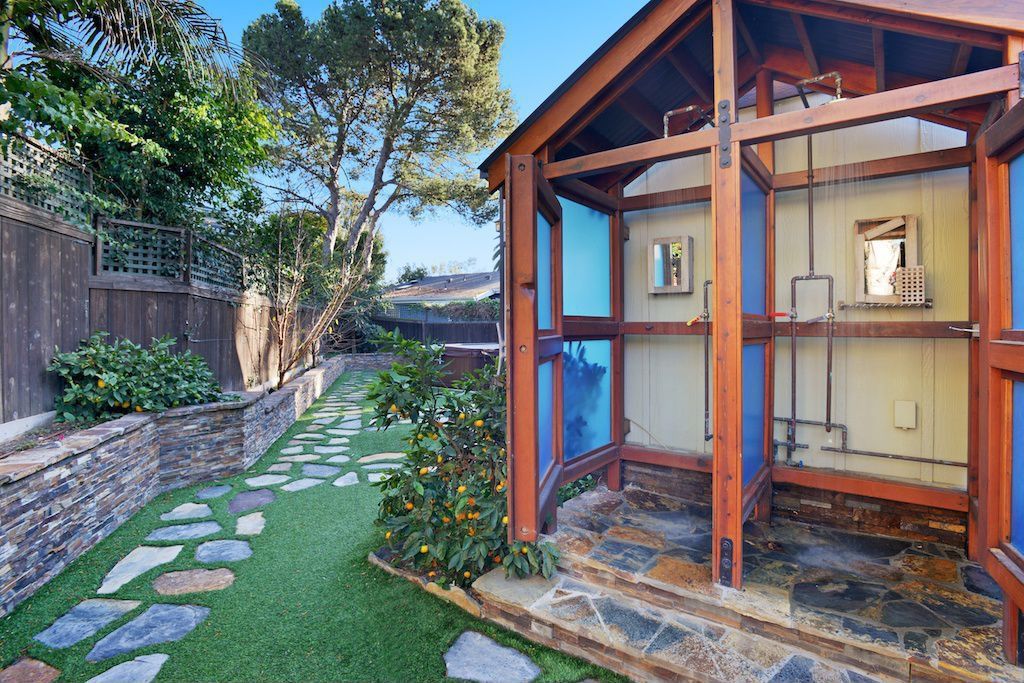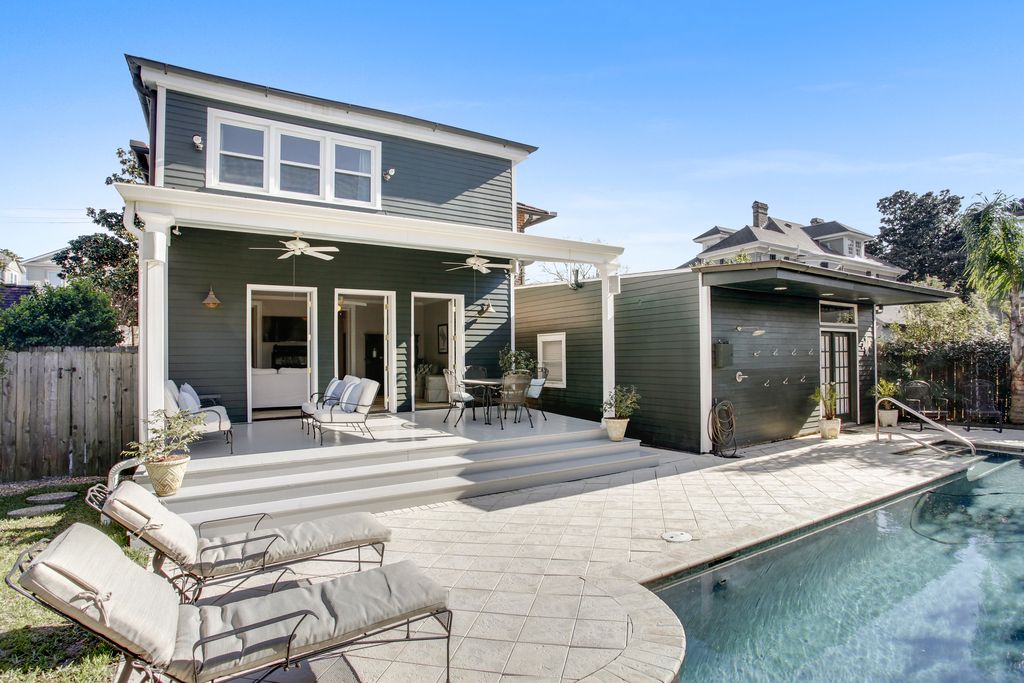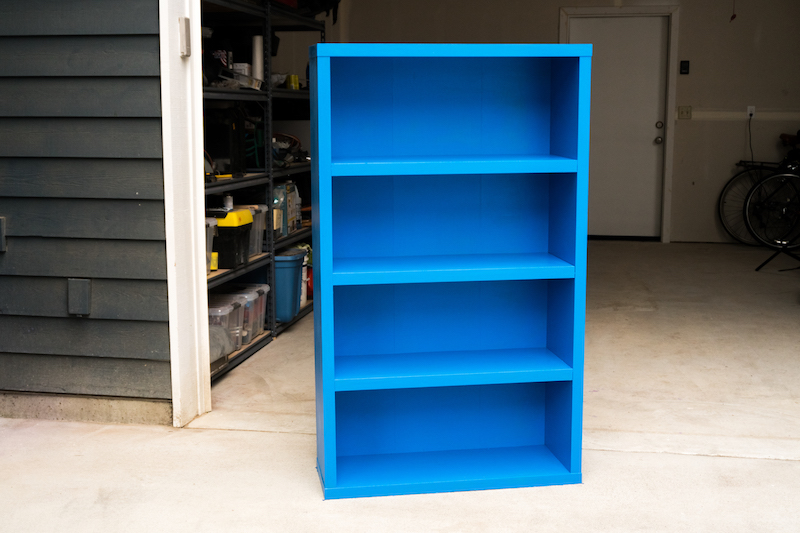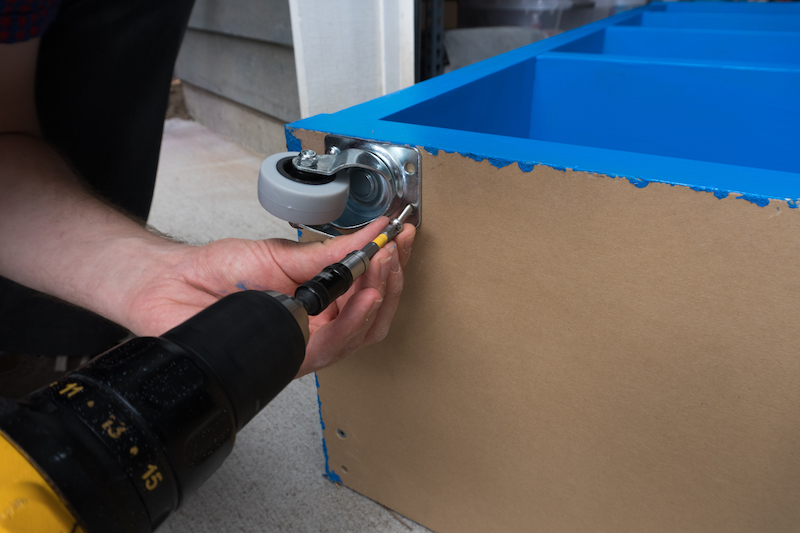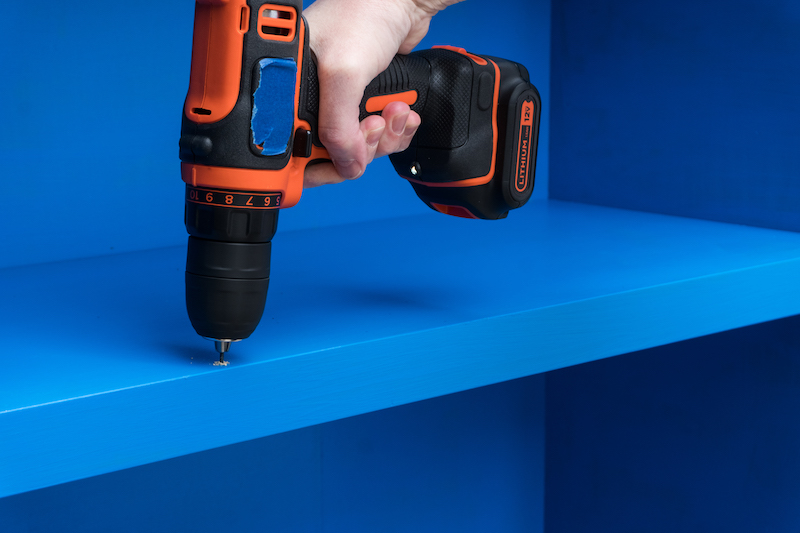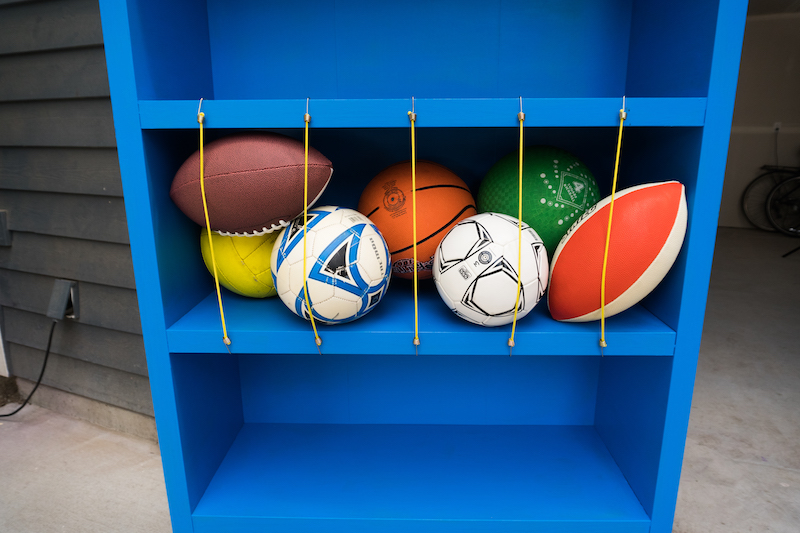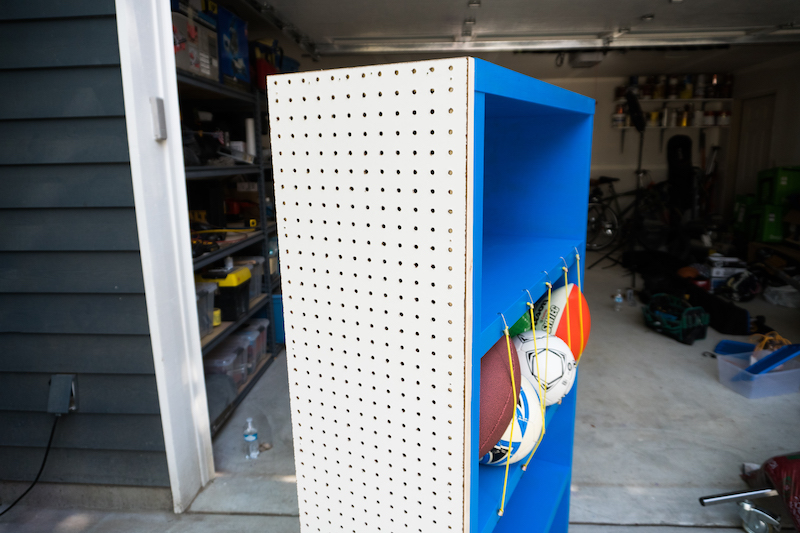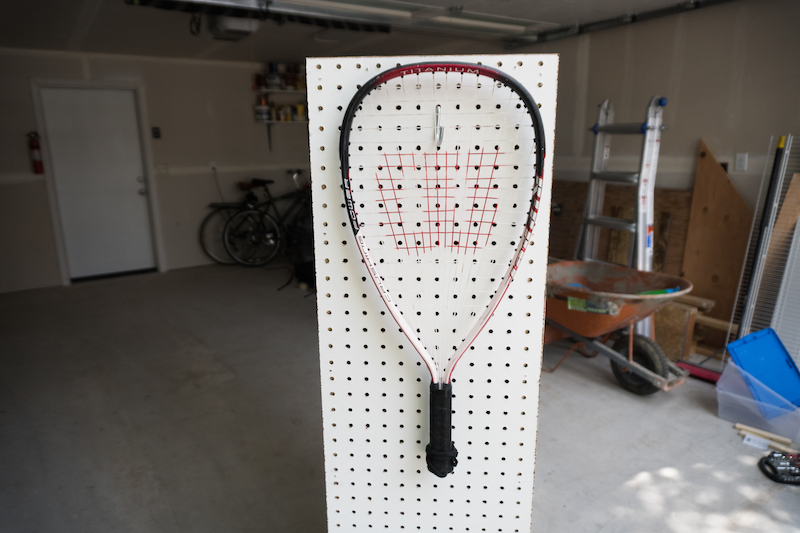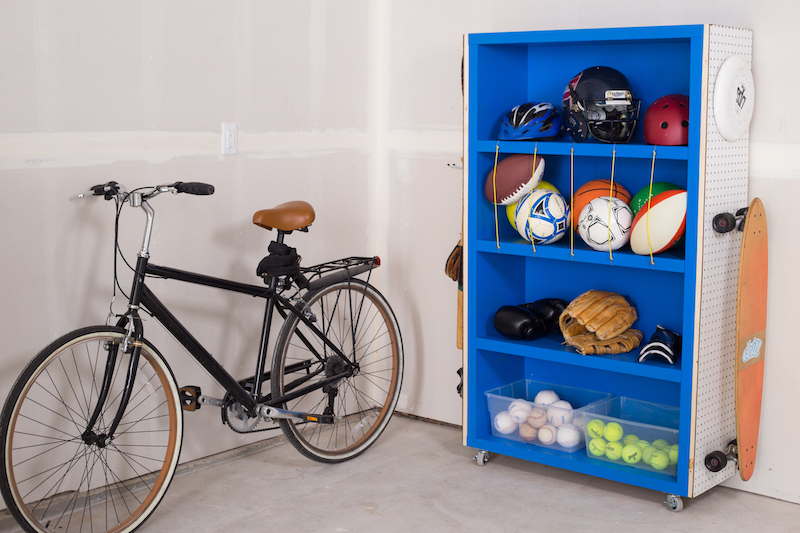DIY Backyard Fire Pit: Build It in Just 7 Easy Steps
Turn your backyard into a cozy camp spot by making your own fire pit. This DIY project is easy to complete, and you'll be making s'mores around the fire in no time.
Get ready
Before you begin building, consult your local fire code to see if fire pits are allowed in your city and, if so, how far away the fire pit has to be from a structure.
Then, gather your supplies:
- Bricks for the fire pit wall
- Gravel
- Twine or string
- Tape measure
- Stake
- Large shovel
- Trowel
- Tamp
- Level
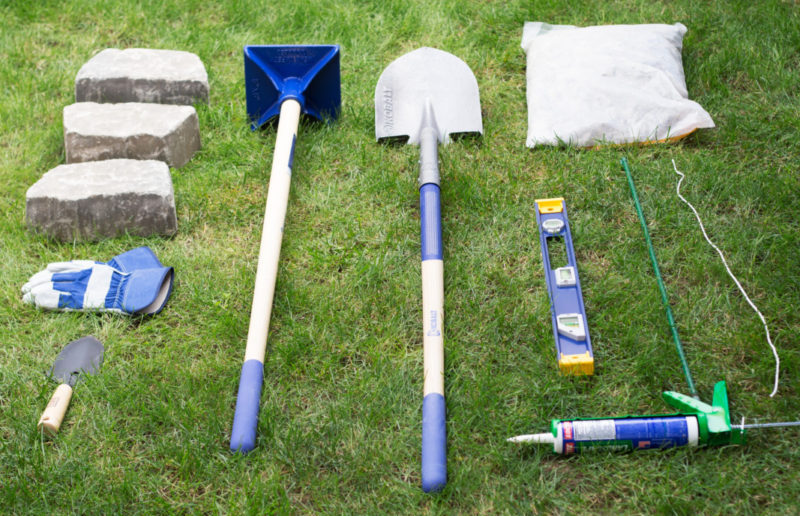
When purchasing bricks for the fire pit wall, go for something sturdy like retaining wall bricks or concrete pavers. Some home improvement stores even carry bricks specifically designed for fire pits. Use a layer of firebricks, which have a higher heat resistance, on the inner layer of the fire pit as an extra safety measure.
Now that you have all your supplies and you’ve checked your local fire code, you’re ready to build!
1. Create a circle
Pick a spot for your fire pit (ensuring that it is located a safe distance from any structures, bushes or trees) and insert a stake in the ground where the center of the pit will be.
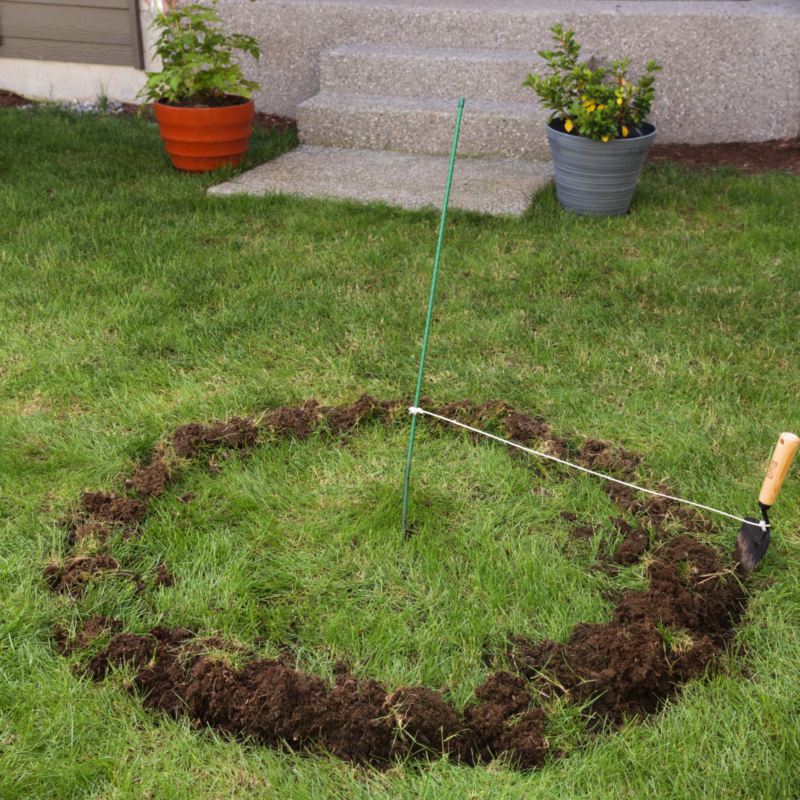
Tie one end of the string or twine to the stake and measure how wide you want your circle to be.
Typically, a fire pit has a diameter of about 4-5 feet. Cut the string and tie the other end to the handle of a trowel. With the string or twine taut, drag the sharp end of the trowel around in a circle, creating a line in the grass.
2. Shovel out the grass
Using a large shovel, dig out the grass inside the circle.
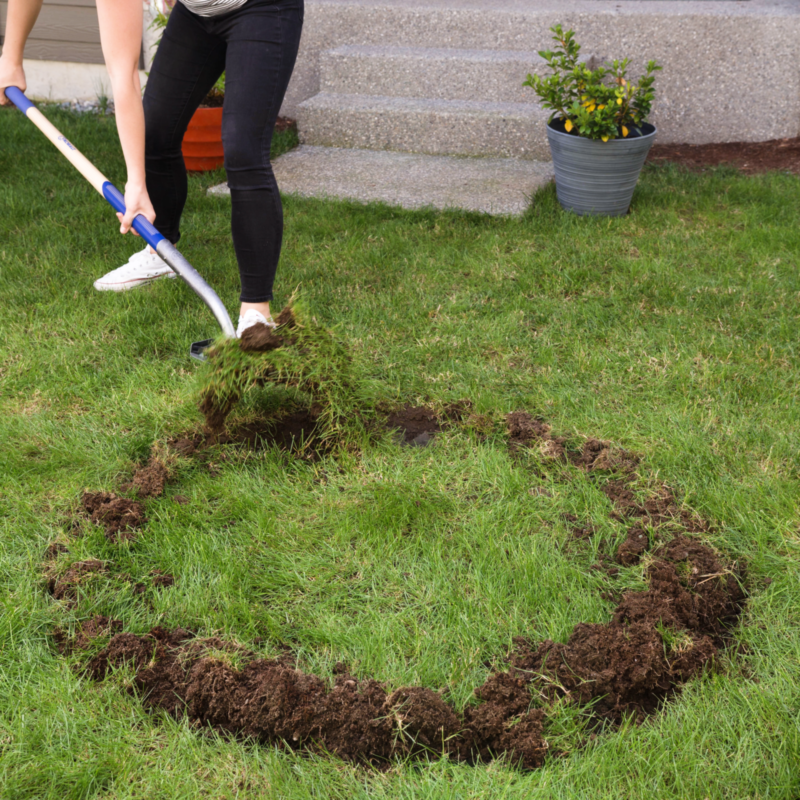
For safety purposes, the hole for a fire pit should be about 6-12 inches deep. Be sure to call 811 before you start digging to ensure there are no utility lines buried under the spot you’ve chosen.
3. Tamp down the dirt
If you don't have a tamp, you can just use the bottom of your shovel.
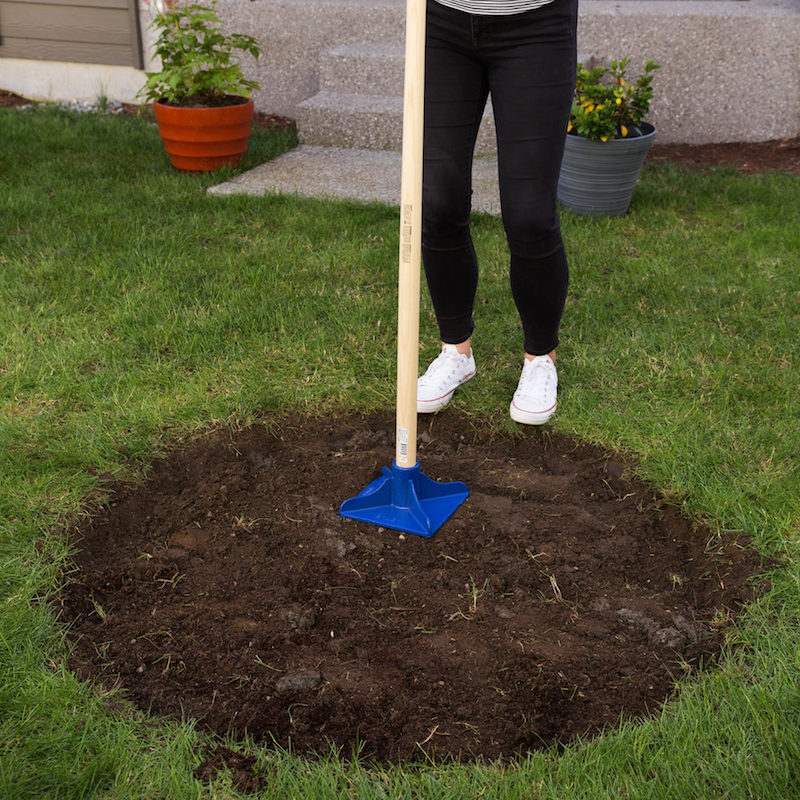
4. Make sure the circle is level
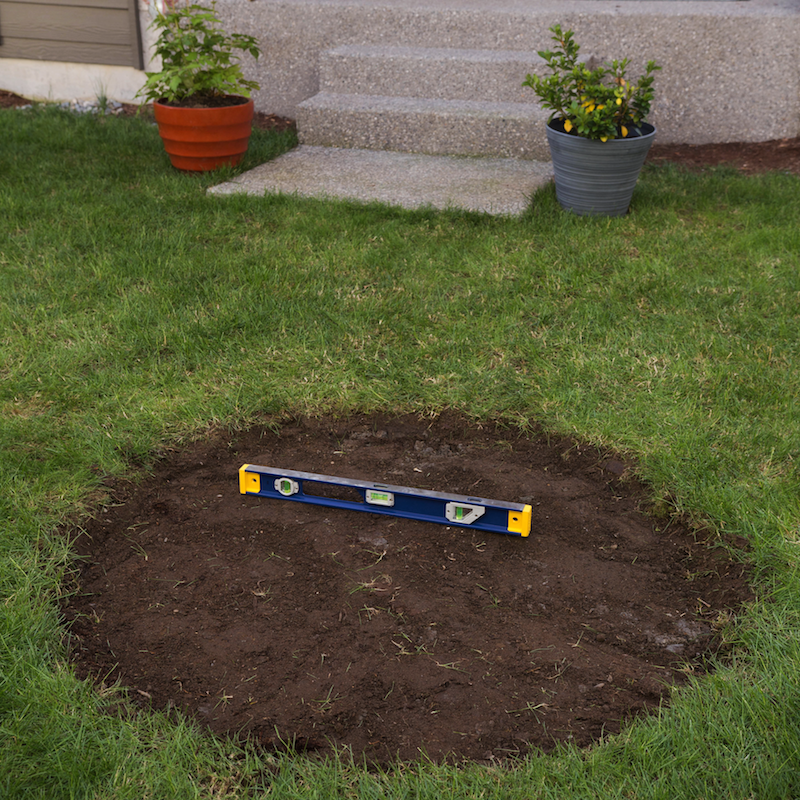
Get down on the ground with your level to ensure that the surface is ready for the bricks. Keep making small adjustments until it's completely level.
5. Add gravel
Put a pretty thick layer of gravel in the fire pit (at least a couple of inches). Spread the gravel around evenly.
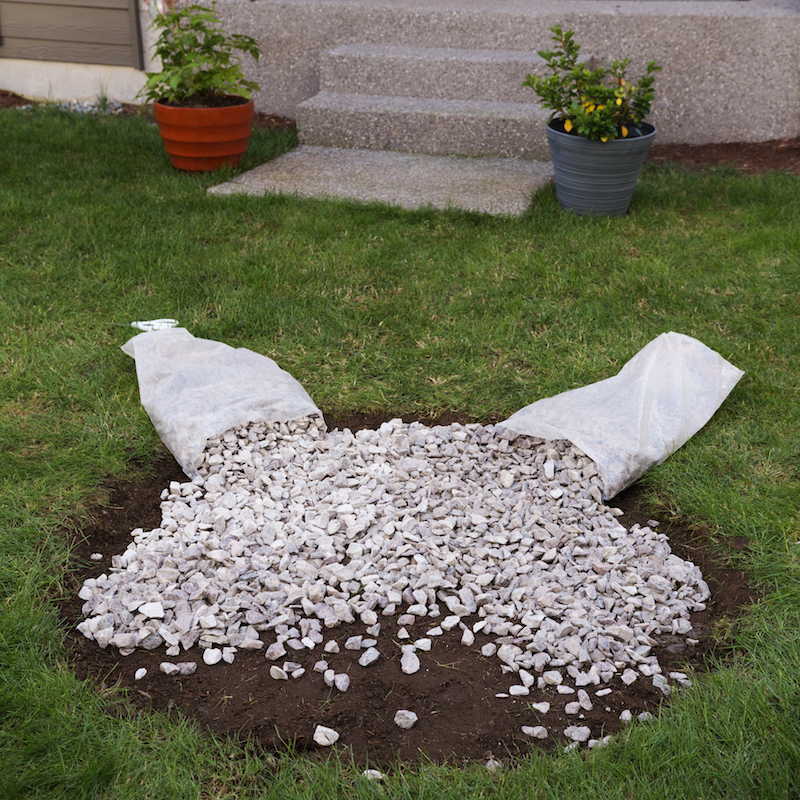
6. Arrange the bricks
After you've spread the gravel around, arrange your bricks in a circle and stack them in layers until the fire pit wall is at least 12 inches tall.
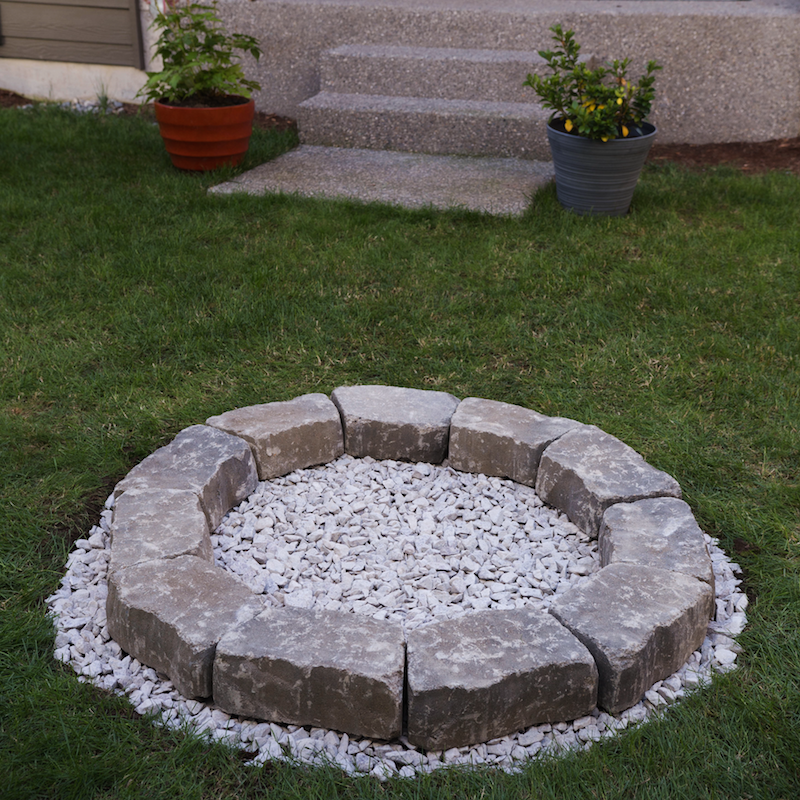
For extra safety, you have the option to put an inner layer of firebricks. Though you don't need to use mortar if the bricks are heavy enough to make a sturdy stack, you can use an outdoor fire-resistant mortar between the bricks for extra stability.
7. Relax and enjoy!
Gather a couple of Adirondack chairs, some firewood, a few friends and campfire treats to get full use out of your new fire pit.
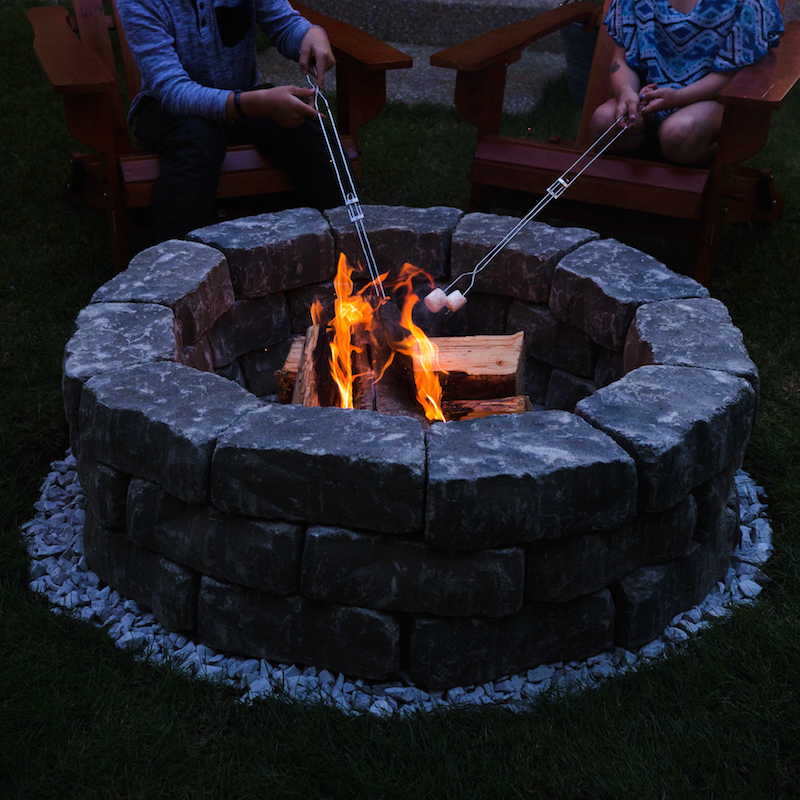
Related:
- 9 Tips for Preparing a Fabulous Flower Bed
- 5 Tips for Spring Lawn Prep
- With This DIY Sporting Goods Catch-All, Game Day Is No Sweat
Originally published July 19, 2017.

